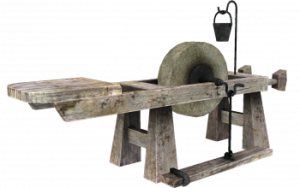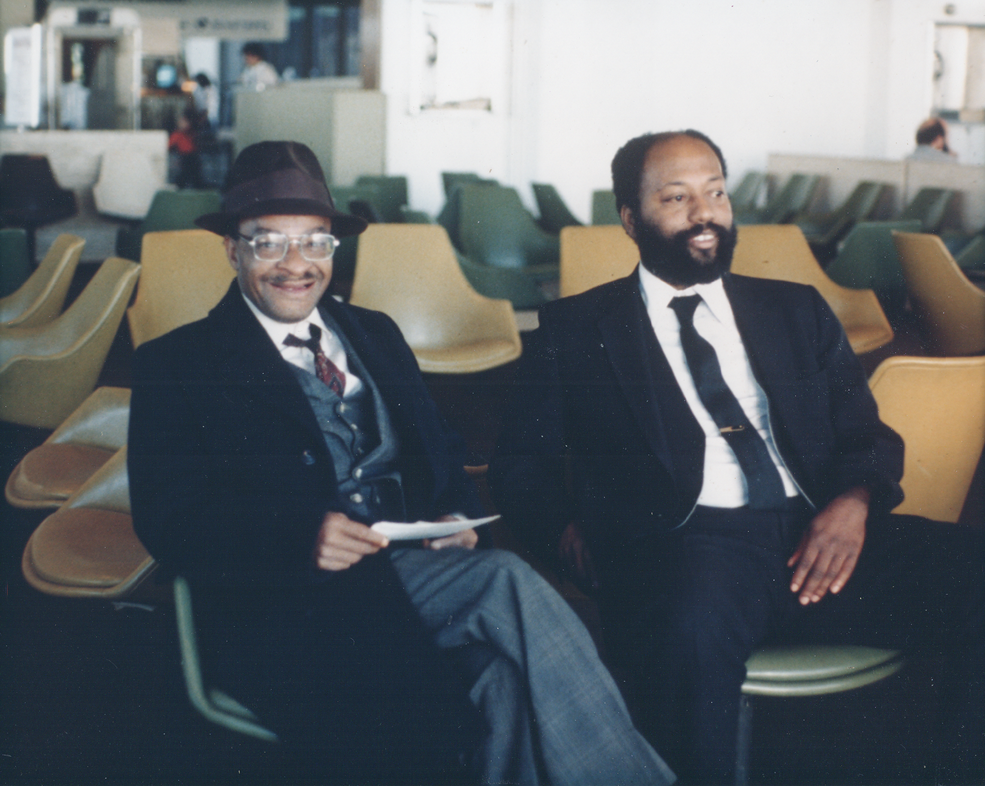Hello everybody!

It’s been a while since my previous post and the main reason for that is simply “there aren’t enough hours in a day“. I’m sure the thrust of that familiar expression impacts many of your lives in the same way it impacts mine–and probably more so for some of you.
Nevertheless, the fact remains that the busier I get in working with and having fun with my students and my other music service customers, the less time I have to spend blogging and making “ed-vlogs” for my website–which is fine on one hand because I love teaching… but on the other hand, I thoroughly enjoy all of my website extracurricular activities too!… I’m torn!!
 By the same token however I must say, “I’d rather wear-out than rust-out”! I’m just glad the key phrase is “less time” in stead of “no time“! Even though my posting pace is slower than I’d like, things are definitely continuing to develop and move forward on the extracurricular activities front.
By the same token however I must say, “I’d rather wear-out than rust-out”! I’m just glad the key phrase is “less time” in stead of “no time“! Even though my posting pace is slower than I’d like, things are definitely continuing to develop and move forward on the extracurricular activities front.
With all of that being said, here is a synopsis of the website updates as of this post:
Website Update March 2016
In addition to the updated page and post header images, there are three new items to which I’d like to draw your attention.
| 1 – The Bulletin Board |  |
| 2 – Matthews Music Mall |  |
| 3 – Spotlight Feature |   |
1. The Bulletin Board: Bulletin boards are pretty much self explanatory and I’ve placed an auto-scrolling board in the sidebar of my site’s front page. A mouse-over stops the scrolling and a mouse click on any of the board links will take you to that item’s notice page. Although I’m not sure how or whether this will work out, but I’m going to try to make some sort of tie or link between all three new features and the Art’s Corner Blog.
2. Matthews Music Mall: is a virtual 5-store strip mall of stores which offer practice items that often feature a virtual bass and drum rhythm section playing accompaniment tracks against which you can practice various rudiments.
As I write this post, the stores in the mall are under construction but most of them are open with only a few practice items. The store’s item population will be increasing over time. Your visits are welcome and this link takes you to the mall’s parking lot. where you may select a store by clicking its logo title. I ask that you please pardon the construction signs and any other inconveniences you might experience because, at the time of this post, the stores are still unfinished. These stores and the other website expansion projects are all works in progress.
3. Spotlight Feature: The front page now displays an area titled “Spotlight Feature”. The idea for this comes from WGBH radio host Eric Jackson’s “Monday Night Spotlight” where he turns a figurative spotlight on a featured artist or topic.
As I write this post, the spotlight is focused on Joey Alexander. (A fantastic 12-year old musician).
A couple of my students introduced me to his music and expressed an interest in taking a closer look at some of his work. So, following their cue, I transcribed “My Favorite Things” and “I Mean You” for my students and me to analyze and study. You can get both of them free of charge in my store under the “Study Materials” category. Once you’re there, scroll down to the “Transcriptions / Adaptations” area where you’ll find the Download buttons.
I plan to post mostly music-related features in the spotlight but you never know what might be presented because I won’t know either! I’ll be taking ideas from my students, customers, and you, if you’d like to chime in, so, again, stay tuned!

At the end of 2015, I closed my downtown brick-and-mortar office. Now, all of my teaching and music services are conducted online exclusively (100%). Since that happened, a couple of alter egos have developed themselves in my consciousness.
 |
 |
When you see them, those of you who know and/or follow me will immediately recognize the radically different character traits they display. In fact, some parts of their persona are about as far away from mine as one can get! However, like me, they love to work hard, practice well, and have fun while doing it. They’ll make periodic cameo appearances in various pages and posts in the MATRA-sphere starting in the very near future. So watch out for them!
More soon!
Cheers!



